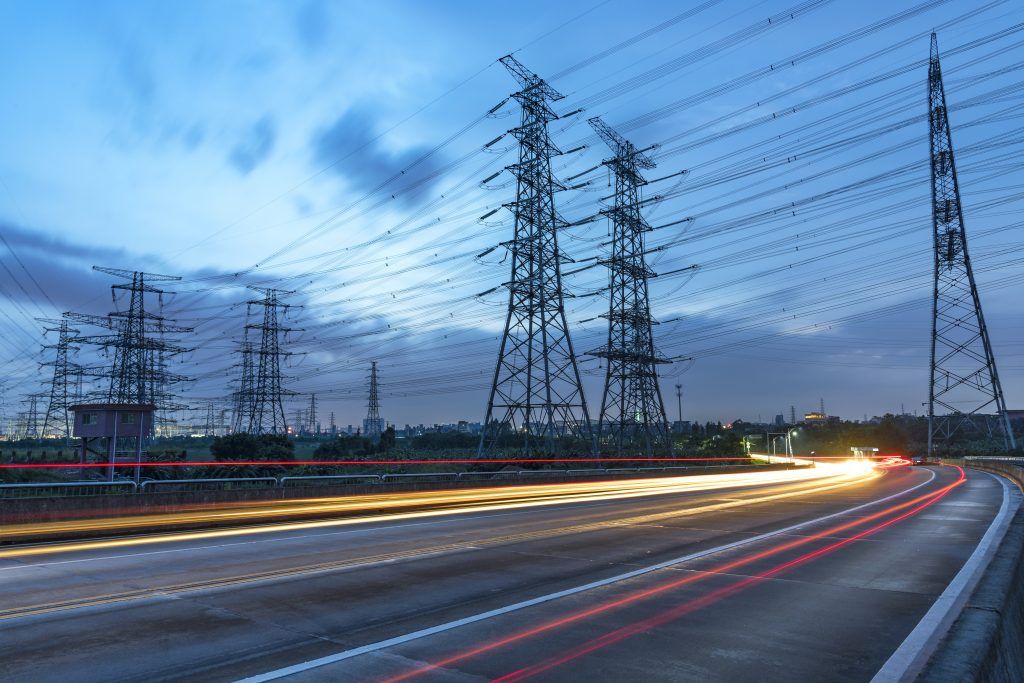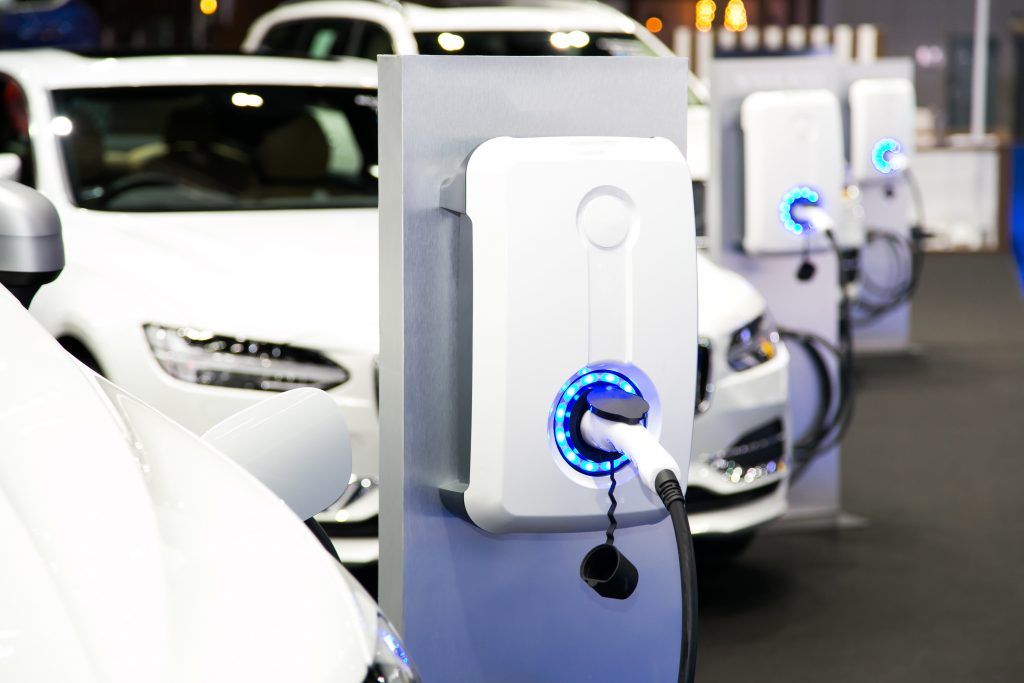New research from DecarboN8 shows that transport’s carbon problem stems not only from tailpipe emissions but also from the construction, maintenance and operation of roads and railways themselves.
All transport infrastructure generates carbon emissions in its construction, maintenance and operation. This hidden carbon cost, known as embodied emissions, can be significant.
At the moment, the government department deciding to build new infrastructure does not have to account for the emissions from those decisions.
This disjoint needs to be resolved as delivering Net Zero by 2050 will require reducing carbon emissions across all sectors, so it all counts.
New research from the DecarboN8 Research Network quantifies the embodied emissions involved in building and maintaining typical transport infrastructure.
The research looked at real infrastructure proposals for North East England, selected with support from Transport for the North (TfN).
Peter Cole, Principal Environmental and Sustainability Officer at TfN, said: “Being a research partner in this project, along with subsequent discussions around the findings, has elevated our level of understanding around the issues with embodied carbon and will help refine TfN’s future work in this area, allowing us to better integrate embodied emissions into recommendations on infrastructure investment.”
The research compares standard construction materials and methods with more sustainable alternatives to determine their potential for reducing the carbon cost of road and rail projects.
It also looks at the potential impact of a steadily decarbonising electrical grid.
Dr Kadambari Lokesh, who carried out the analysis, said: “There is now a general acknowledgement of the significance of whole life carbon in the transport infrastructure. This research measures the scale of its contribution. Even with a steadily decarbonising grid, 10-30% of transport infrastructure emissions will remain. To reach net zero by 2050, this will need to be addressed.”
This new evidence can help provide clarity around the costs and benefits of transport infrastructure projects. The significant scale of embodied emissions from infrastructure will be of interest to those involved in early-stage decision making, to ensure new schemes do not undermine national and local climate ambitions.
Greg Marsden, Professor of Transport Governance at the University of Leeds and one of reports’ authors, said: “It is vital that decision-makers understand that infrastructure generates carbon emissions. They can then make transparent trade-offs between wanting more infrastructure and making deeper emission reductions elsewhere in their areas to compensate. We are not on track with carbon emission reductions in the transport sector and so every decision should be under the microscope.”
Image: Shutterstock








